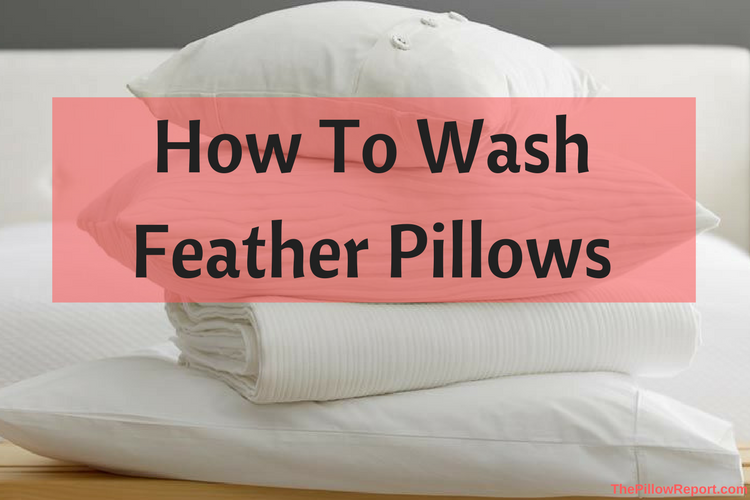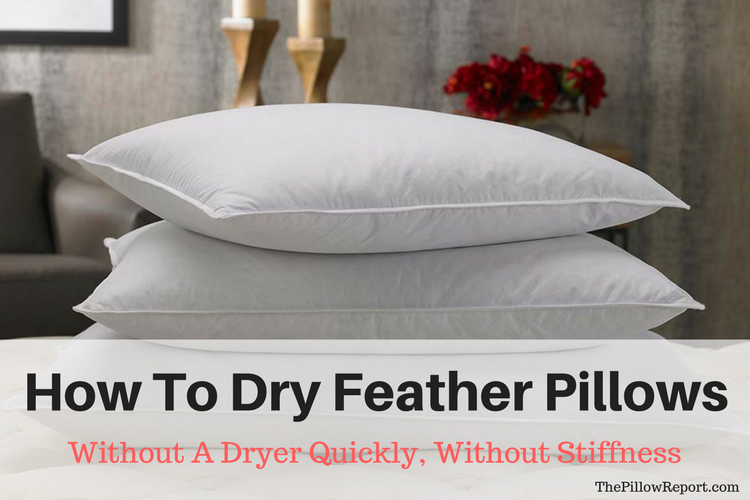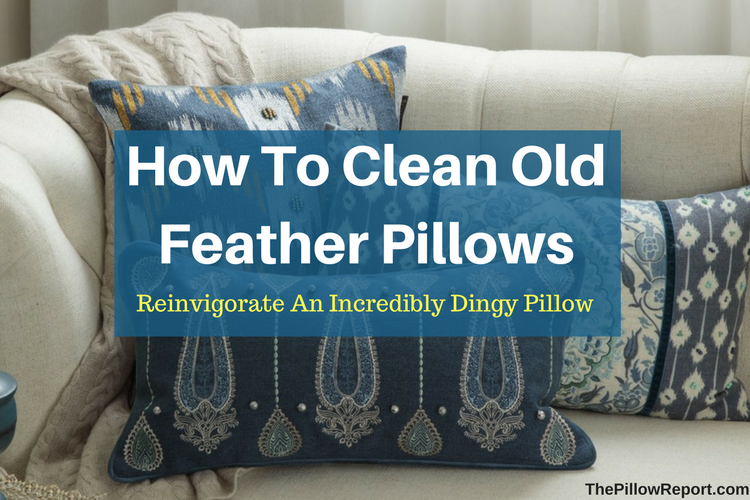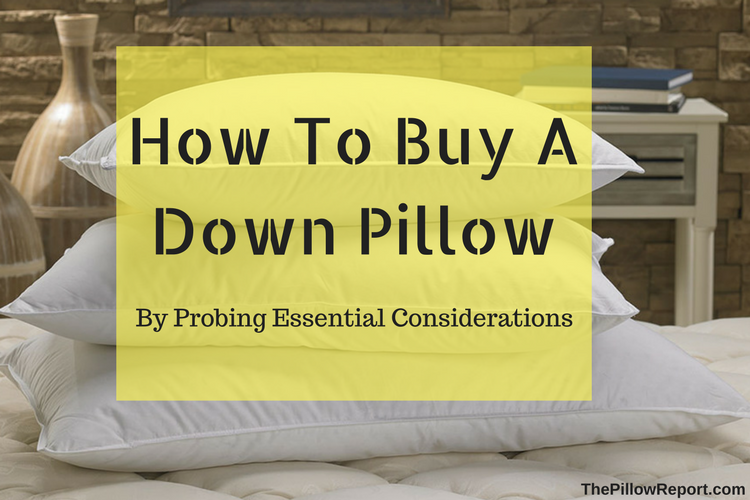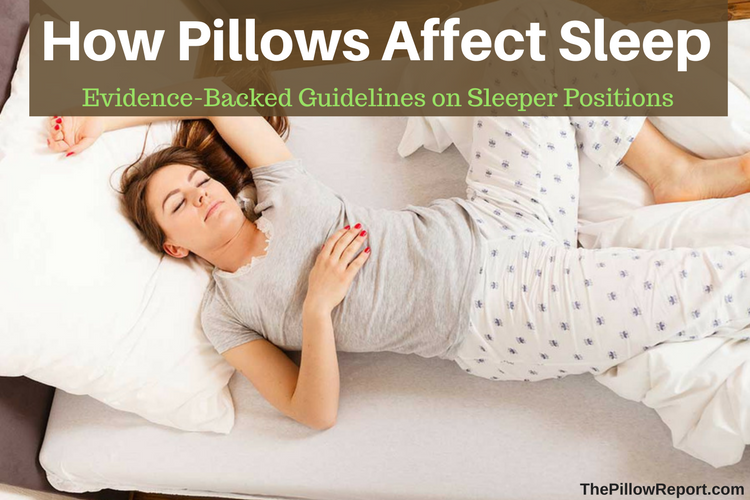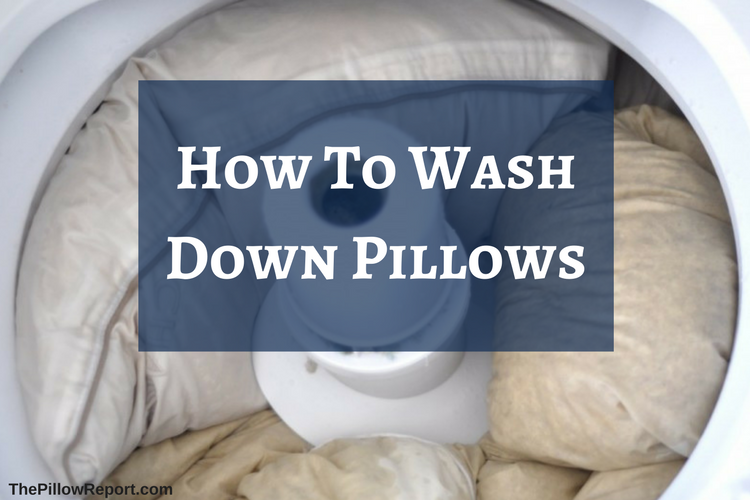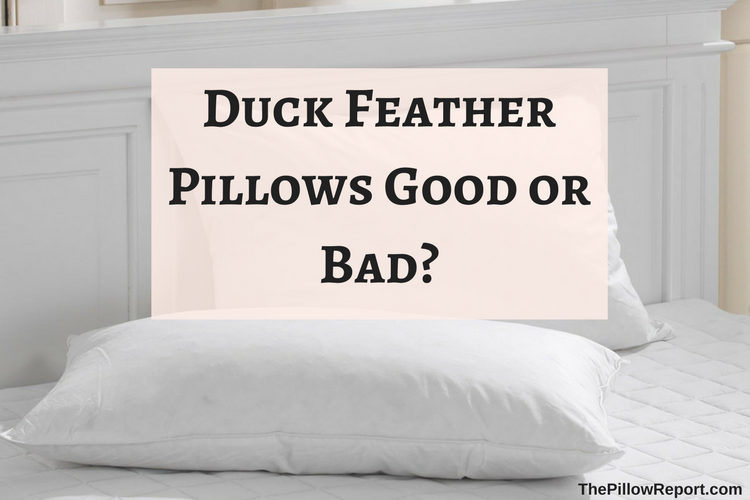Down-and-feather pillows gained the toehold as the most luxurious and coveted filling yonks ago. However, other materials churned out by modern technology today such as memory foam equally render comfort, and moldable properties in airplane seats.
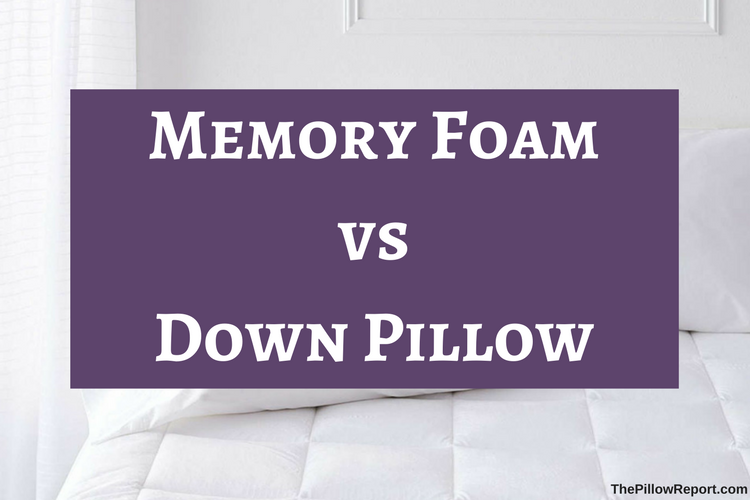
Thus, allowing a crack of the whip from the competition. To avoid sleeping discomfort, the upshot of memory foam vs. down pillow on neck support, malleability, comfort and breathability has an inextricable link.
Memory Foam vs. Down Pillow Comparison | Factors to Consider
1. Soft vs. Firm Support
Down-filled feathers offer luxurious softness and occasionally stash a thin layer of feathers for firmness. The pillow feels like forty winks on a cloud.
Memory foam pillows though soft render firm support due to the material’s flexibility to conform to your body.
Down and feather mixes offer firmer support but still ranks below foam’s superior firmness.
Memory foam pillows do not flatten like a pancake in the middle of your sleep or require daily fluff up.
You have to re-fluff down pillows repeatedly to mold it to the shape of your neck and head for comfortable sleep and rein in aches or spinal stiffness.
2. Memory-Foam Pillows Properties
Though memory foam feels firmer than down, the sleeper’s head and neck heat up the material. It configures until your curvature creates equilibrium.
You offset this impact by sifting out density and amount of foam prefilled.
Regular, air cool, and gel provide various types of memory foam with varying properties such as anti-microbial, hypoallergenic and supportive lining. Some have extremely low volatile organic compounds.
Memory foam lacks the natural insulation properties of down. Some pillows may get more heat-sensitive with less conformity to body conditions.
Memory foam pillows offer a broad variety of shapes to foster maximum neck and back support.
3. Down’s Natural Properties
Down-fed pillows render opulent velvetiness-as soft as a baby’s backside and render optimum neck support.
Down pillows give the comfort ideal for tummy snoozers. Their flexibility keeps the head of a stomach sleeper aligned lowly than a firmer foam pillow, which exerts less pressure on the spine or neck.
Down-filled pillows also retain heat with natural insulation without added bulkiness. They bring coveted durability while you only need to fluff and keep them all-spruced-up.
As a natural fill down offers a green solution rather than petroleum memory foam as it spews ozone-harmful byproducts.
Natural down lacks chemical odor from volatile organic compounds.
4. Down vs. Memory Foam Head-to-Head
- Down only outlives memory foam slightly, it can only last up to 5 years after which it will flex out shape incurably.
- Memory foam has more cost-efficient synthesis than natural hand-plucked or sparse geese and ducks down.
- For softness, down is king but memory foam reigns supreme for neck pain relief.
- Memory foam firmness makes it more supportive.
- Down has superior manipulability and super-lightweight than foam.
5. Memory foam contains fewer allergies than down.
- Down costs the earth as it’s not a dime a dozen like memory foam-molting geese or eiderdown vs. mass production with modern technology.
- Down rules the roost as it’s more consistent than processed materials like memory foam.
6. Memory Foam’s Ideal Sleeper’s Posture
Shredded memory foam pillows for side sleepers support your spine in a natural curvature and occupy the space sandwiching your mattress, neck, and head.
Pillow’s memory foam renders a cushiony respite for your neck or head in a neutral position.
Some pillows give users a super-plush and ultra-gentle feel to curl up with a 5-star resort quality piece.
Shredded memory foam pillows instantly conform to different sleeping postures making them ideal for all snoozers.
Advanced memory foams move with your tosses while you can fluff up and squish down the pillow to your preferred height.
You can get orthopedic memory foam with medium-thickness ideal for back sleepers.
7. Down-Filled Pillows’ Ideal Sleepers’ Posture
Soft down-filled pillows cradle your head and neck at a neutrally restful angle for the most ergonomic sleep posture.
Fluffy down-filled pillows render ample comfort as it allows your head to settle into the pillow.
Feather and down-mixes possess improved support, carving out a core to shore up the sleeper’s head in a natural spinal alignment which in turn diminishes pressure points along the head and neck.
Back sleepers most ideal down pillow has a medium or soft conforming support while allowing the head to lay flat without slanting at an angle.
Soft support down-filled pillows dovetail with stomach sleeping as they let your head to sink down smoothly and diminish strain along the spine.
8. Down vs. Memory Foam PROs & CONs
Down Pillow PROs & CONs
- Down pillows offer a soft, cloudlike resting surface and blend with feathers for bulk and support
- Lightweight and does not exert weight on your body and feels lighter than air
- Cool and airy
- Moldable to your desired shape
- Long-lasting
- Quiet
- Down feathers have quills that may poke through outer shell causing discomfort
- Lacks neck support and adjustable height due to compressed fills (sizable fills cost a king’s ransom)
- Requires frequent fluffing and shaking to retain shape
- Not ideal for allergy sufferers unless hypoallergenic or rigidly sterilized to flush out allergen impurities with excellent turbidity level and oxygen number rating
Memory Foam-PROs & CONs
- Offers maximum neck and head support to minimize spinal aches
- Medium-firm and extra-dense but soft without lumps
- Cooler sleeping experience as it does not trap and retain heat
- Will suck up body heat to conform itself and snugly reconfigure to a sleeper’s head and neck
- Quiet snoozing surface
- Formidable durability
- Memory foam technology achieves multi-positional support for all sleepers
- Only for side or back sleepers due to optimum neck and spinal support
- Not easy to mold and reshape volume
- Can initially produce an odor
- Warm but lacks natural insulation and breathability
- Relatively pricey
Final Verdict
In the long-lasting memory foam vs down pillow showdown, the two will always cut a fine figure. But the arms race has lately gained more steam as advanced technologies come down the pike for synthetics. Wise sleepers will mull over health impacts and sleep comfort of using any material.
Standard memory foam pillows make easy-pickings for budget-conscious buyers. But not as soft or fluffy as down, while they may develop lumps and flatten down the road.

